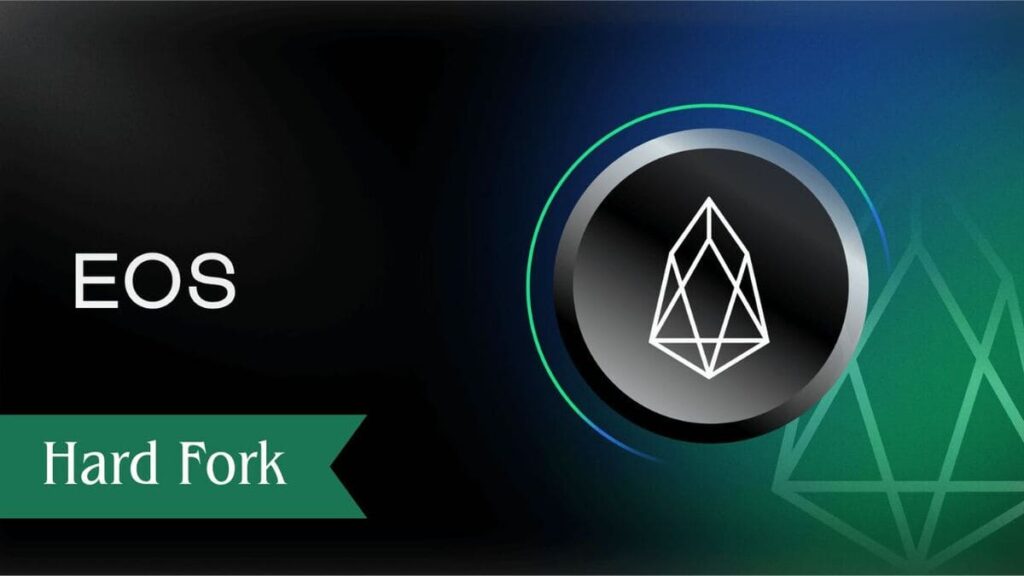TL;DR
- On September 25, 2024, EOS will carry out a hard fork to improve its governance, scalability, and security.
- The update seeks to decentralize power in the network and optimize its infrastructure, making the blockchain faster and more efficient.
- Temporary disruptions and market volatility are expected, but if the hard fork is successful, it could restore confidence in the platform.
On September 25, 2024, the EOS blockchain will undergo a significant hard fork, marking a critical turning point in its evolution.
The update is designed to address several challenges the platform has faced, ranging from governance and operational efficiency issues to security concerns. Since its launch in 2018, EOS has been recognized for its ability to process thousands of transactions per second, positioning itself as a scalable alternative to other blockchains. However, the centralization of power within a small group of block producers has sparked criticism and raised doubts about the network’s transparency and long-term viability.
We're just days away from the #EOS Hard Fork, marking a monumental moment for the EOS Network.
⚡️ This seamless network upgrade is thanks to the ENF team's planning and strong support from block producers and partners.
⏫ With over 2200 days of uptime and a history of… https://t.co/KfB8ojJ9PI
— EOS Network Foundation (@EOSNetworkFDN) September 19, 2024
The upcoming hard fork aims to improve the governance model by allowing greater community participation in decision-making. Currently, 21 nodes, known as block producers, are responsible for validating transactions. The update intends to decentralize this process, which could restore trust among the platform’s users.
Additionally, the update is expected to address scalability issues that have limited the network’s performance, optimizing its infrastructure to make it faster and more cost-effective. These improvements are crucial as other platforms are rapidly advancing in terms of capabilities and features. By enabling better performance for decentralized application developers, EOS could attract more projects and users.

EOS May Experience Market Volatility and Temporary Network Disruptions
Security is another key aspect that will be reinforced with this hard fork. Implementing enhanced security measures is essential to protect the network from threats, which could, in turn, solidify EOS’s reputation as a reliable platform for developers and investors. Additionally, the update is expected to improve support for smart contracts, allowing for the creation of more complex and advanced applications, in response to the growing demand for solutions in the DeFi and NFT sectors.
EOS users should be prepared for some temporary disruptions as exchanges and services adjust their systems to the new software. Investors, on the other hand, could witness some volatility in the token’s price, as markets tend to react to events of this magnitude.
If the hard fork is successfully implemented, it could restore confidence in the platform and improve its position in the market. This event is not only crucial for EOS but could also influence the broader blockchain dynamics










